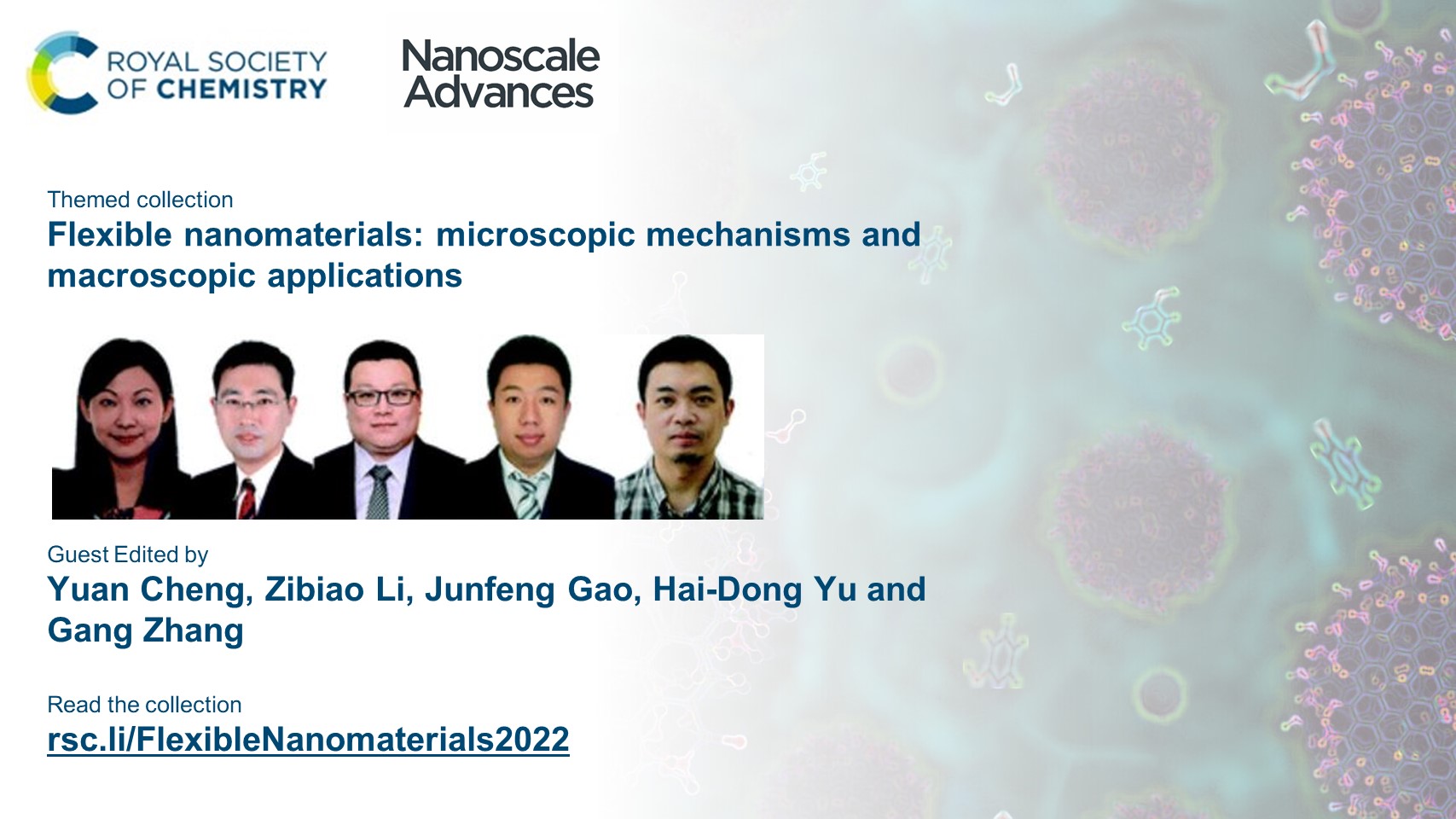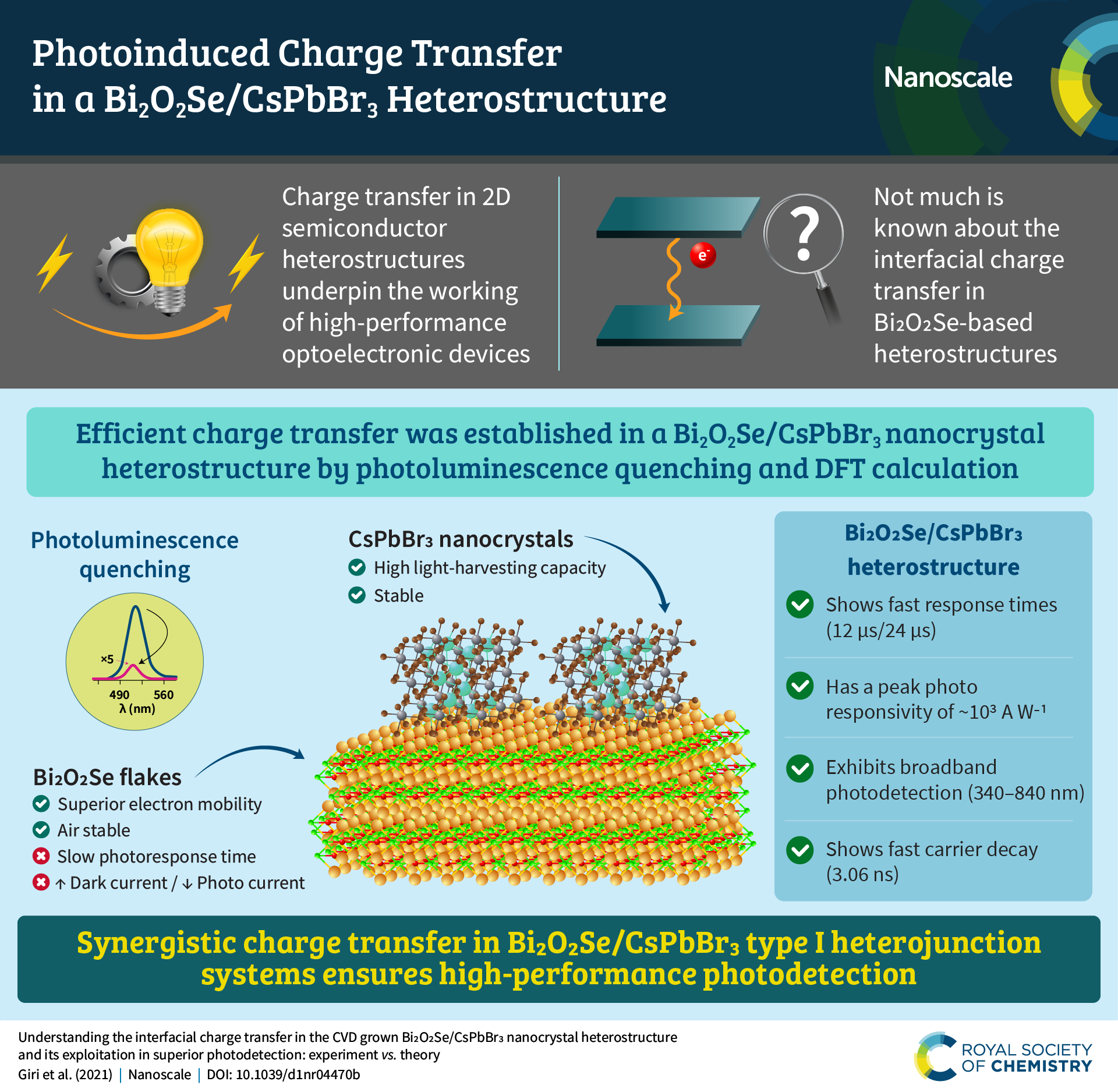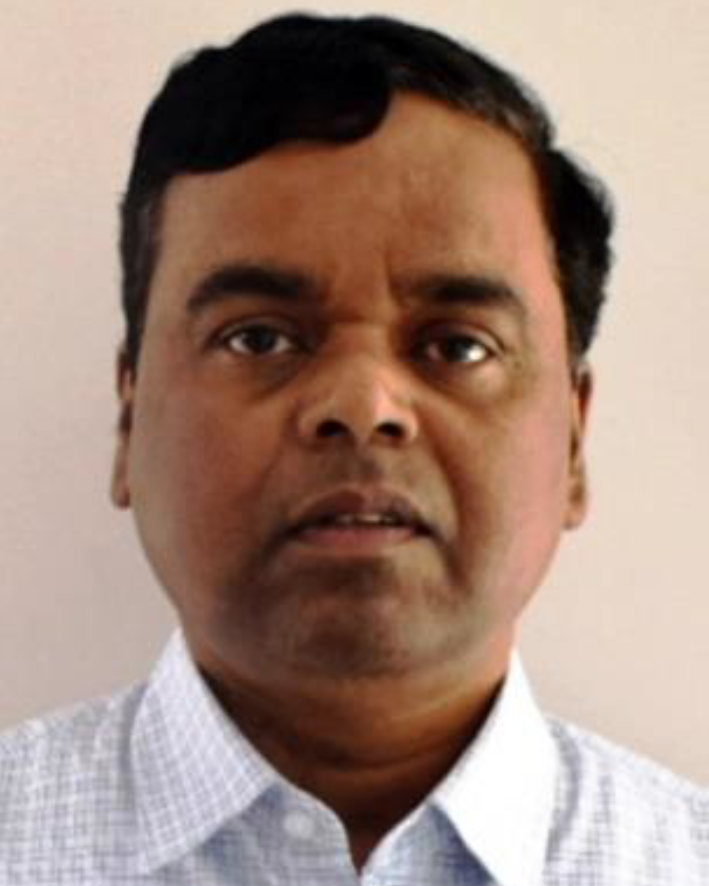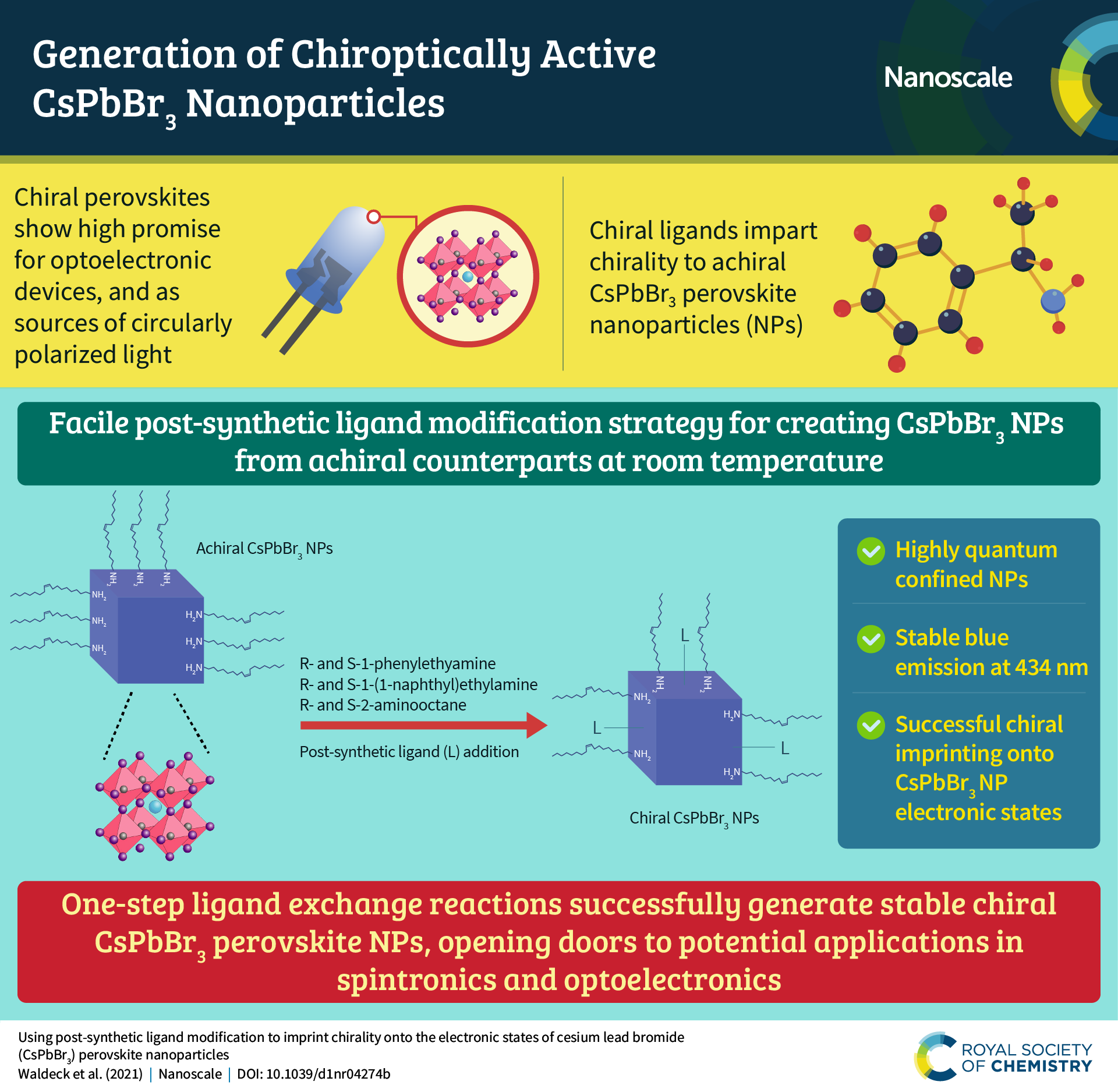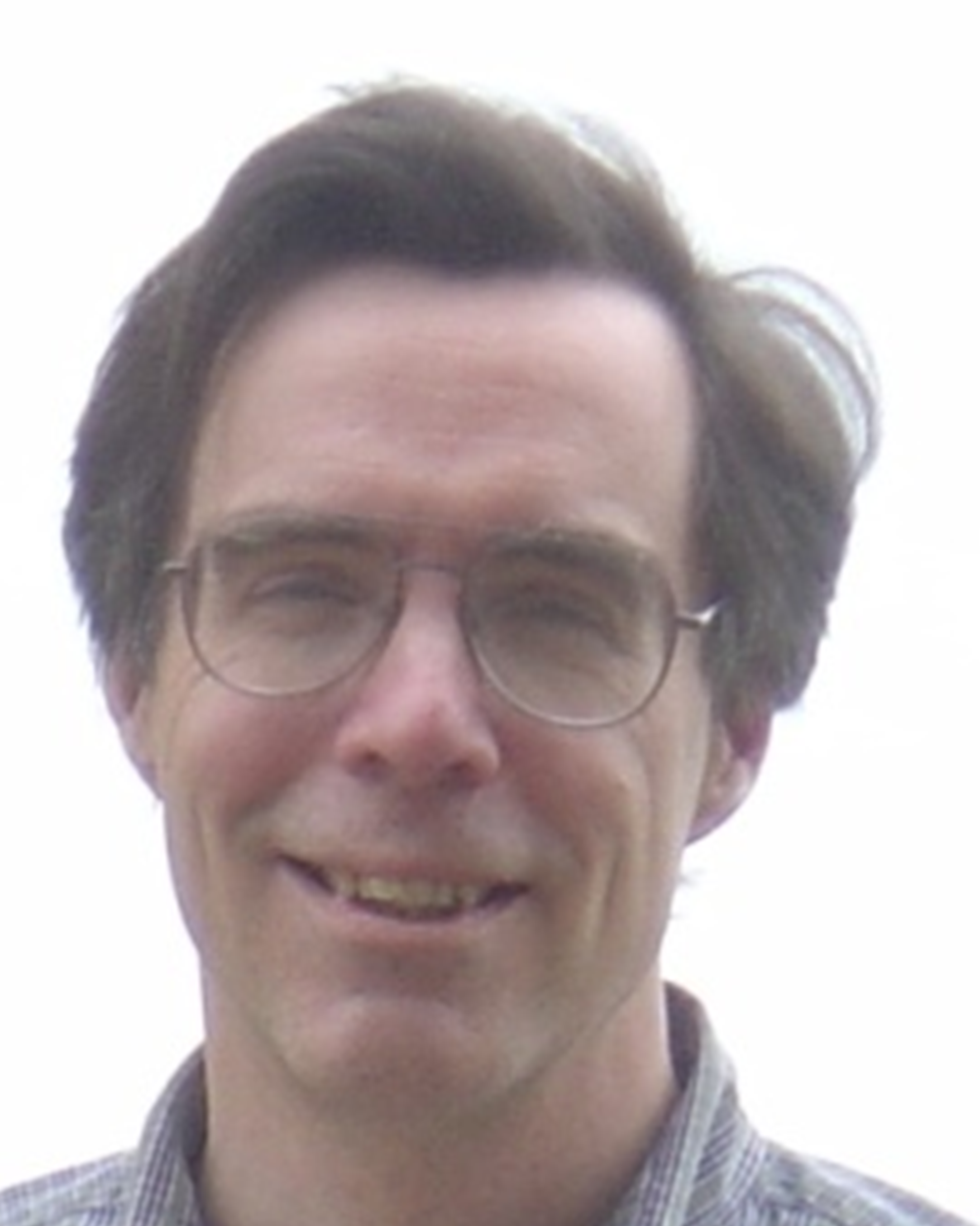We are delighted to invite you to read a new themed collection on Flexible Nanomaterials: Microscopic Mechanisms and Macroscopic Applications
Read the collection
Guest edited by Yuan Cheng (Monash University, Australia), Zibiao Li (A*STAR, Singapore), Junfeng Gao (Dalian University of Technology, China), Hai-Dong Yu (Northwestern Polytechnical University, China) and Gang Zhang (A*STAR, Singapore). This themed collection is focussed on the fundamental physical and chemical properties of flexible materials, as well as controlled functionalization, in order to harness the materials’ fundamental properties and enhanced performance in applications in the fields of flexible electronics, rechargeable batteries, thermoelectrics, optoelectronics, and soft robotics.
Articles in the collection are published in Nanoscale Advances and are freely available with gold open access. Read the Editorial article that introduces the collection:
Introduction to flexible nanomaterials: microscopic mechanisms and macroscopic applications
We hope you enjoy reading this collection. If you work on flexible nanomaterials and want to know more about publishing your next piece of work with Nanoscale Advances, please get in touch.



